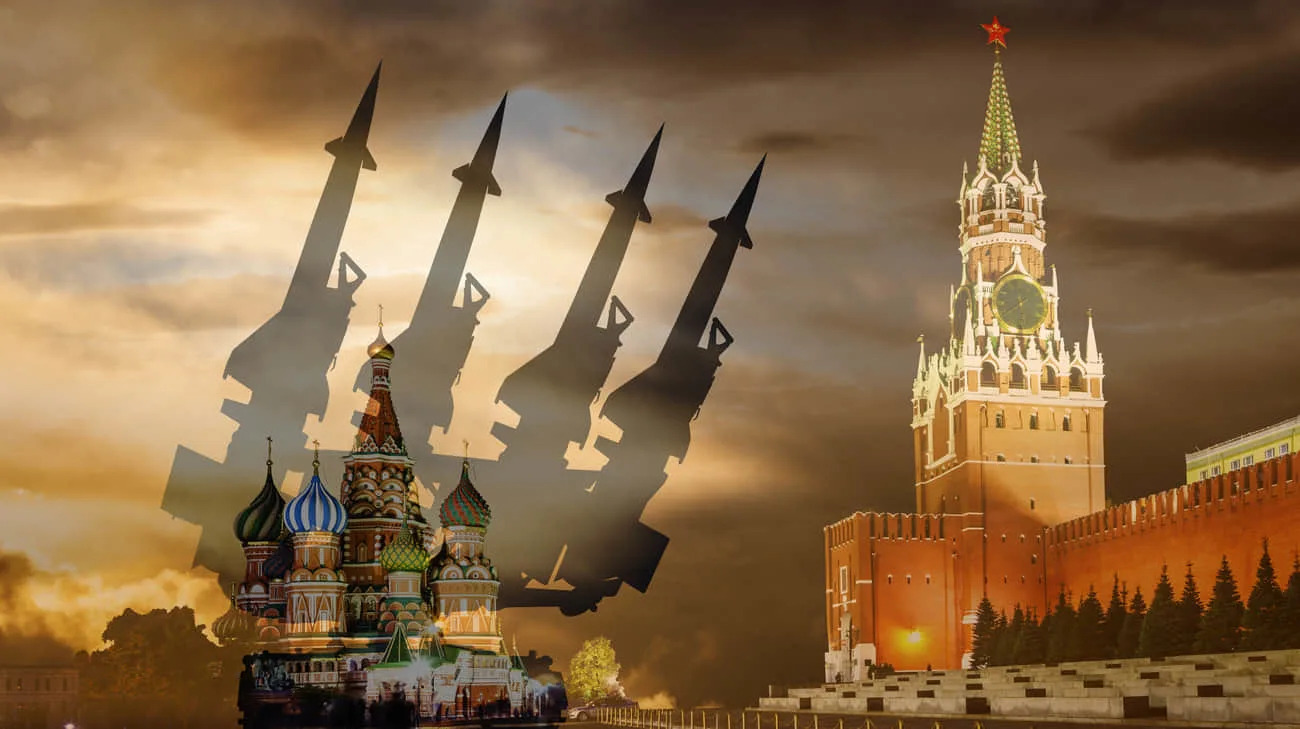Nearly half of Russia's imported battlefield tech has been coming from US and EU companies: joint report

-
Russia is still importing tech for its weapons — and more than a quarter is from the US, a joint report says.
-
Nearly $9 billion in foreign electronics were imported for Russian weapons despite sanctions, it said.
-
Tech from firms like Intel and AMD have been found in Russian weapons, per the researchers.
Moscow is still dodging sanctions on the tech that its forces need to fight in Ukraine, recently importing almost $9 billion in "high priority" electronics that the US and its allies barred from entering Russia, according to a new report by US and Ukrainian researchers.
Such components are mostly microchips, bearings, navigational systems, and other electronics that the Kremlin uses for its missiles, drones, and armored vehicles.
In the first 10 months of 2023, at least 43.9% of this imported tech was originally manufactured by companies headquartered in the US and its allied countries, according to the joint study by think-tank Yermak-McFaul International Working Group on Russian Sanctions and an analysis center at the Kyiv School of Economics.
Manufacturers based in the US alone have contributed to at least 27% of the tech found in Russian weapons during that period, said the report, which advocated for the use of sanctions to pressure Russia away from its invasion.
In total, the advanced tech imported by the Kremlin in those months is valued at $8.77 billion, the report said.
Sanctions have been working to some extent, the group said. Advanced electronics imported by Russia for military use declined by 10% since the war began, the researchers found.
But much of this tech still originated from US-based companies like Intel, Advanced Micro Devices, and Texas Instruments, the report said.
At least $351 million worth of goods from Intel were imported for Russian weaponry from January to October 2023, while $269 million worth of tech came from Massachusetts-based Analog Devices, researchers said.
And $174 million of these goods were originally made by AMD, while another $140 million came from Texas Instruments, the research groups also said.
Components from all of these companies have been found in Russian weapons retrieved from the battlefield, the report added. That's despite all of them halting sales to Russia.
"It is clear that Russia continues to be able to acquire large amounts of goods that we consider to be of particular importance for its military industry," the researchers wrote.
These goods were largely sold and dispatched through China and Hong Kong, with nearly 70% arriving from these two regions, the group added.
They also found that Chinese tech made up 44.7% of the imported components found in Russian weaponry during the first three quarters of 2023. That's more than the US, but still less than the amount of imported tech originating from the Western coalition, which includes South Korea and Japan, per the report's data.
The report also said its findings show it's highly likely Russia still needs Western advanced electronics for its weapons, meaning that export controls could still be effective in curbing Moscow's bombardments and drone strikes.
"However, major changes to the current enforcement approach are needed to improve their effectiveness," it said.
The researchers called on Western lawmakers to step up restrictions on countries acting as third-party sellers, and to encourage the private sector to regulate itself better to comply with sanctions.
The joint report comes just after Ukrainian President Volodymyr Zelenskyy said on Tuesday that Western sanctions were marred by loopholes.
"There is clear evidence of a slowdown in the Russian defense industry," he said in a video speech. "But for the sanctions to be 100% effective, the schemes for circumventing the sanctions must also be 100% blocked."
The Yermak-McFaul International Working Group on Russian Sanctions is partially run by Zelenskyy's office. Michael McFaul, former US ambassador to Russia and now a Stanford professor, also heads the group.
Russian imports of military components have hardly fallen at all compared to before full-scale invasion
Imports of dual-use goods in the first nine months of 2023 fell by 28.5% compared with the same time period before the full-scale Russian invasion of Ukraine, and imports of military components fell by only 9.1%.
Source: a report by the Kyiv School of Economics (KSE) and the Yermak-McFaul International Working Group
Details: The researchers looked at information on 2,797 components that were imported into Russia, such as sensors, microchips, navigation systems, etc. They divided them into "battlefield goods", found in weapons, and "critical components", which are dual-purpose items.
There was a dramatic drop in imports of these components into Russia in 2022 following the imposition of sanctions. However, the report's authors point out that the Russians modified their supply chains and started purchasing them again last year.
Russia imported about US$20 billion worth of critical components and US$8 billion worth of battlefield goods during the first nine months of 2023. The average monthly volume of imports of battlefield goods and critical components fell by 9.1% and 28.5% respectively compared with the period to 24 February 2022.
The report also states that 44% of all battlefield goods were developed by Western companies.
- Questions and Answers
- Opinion
- Story/Motivational/Inspiring
- Technology
- Art
- Causes
- Crafts
- Dance
- Drinks
- Film/Movie
- Fitness
- Food
- Games
- Gardening
- Health
- Home
- Literature
- Music
- Networking
- Other
- Party
- Religion
- Shopping
- Sports
- Theater
- Wellness
- News
- Culture
- War machines and policy


